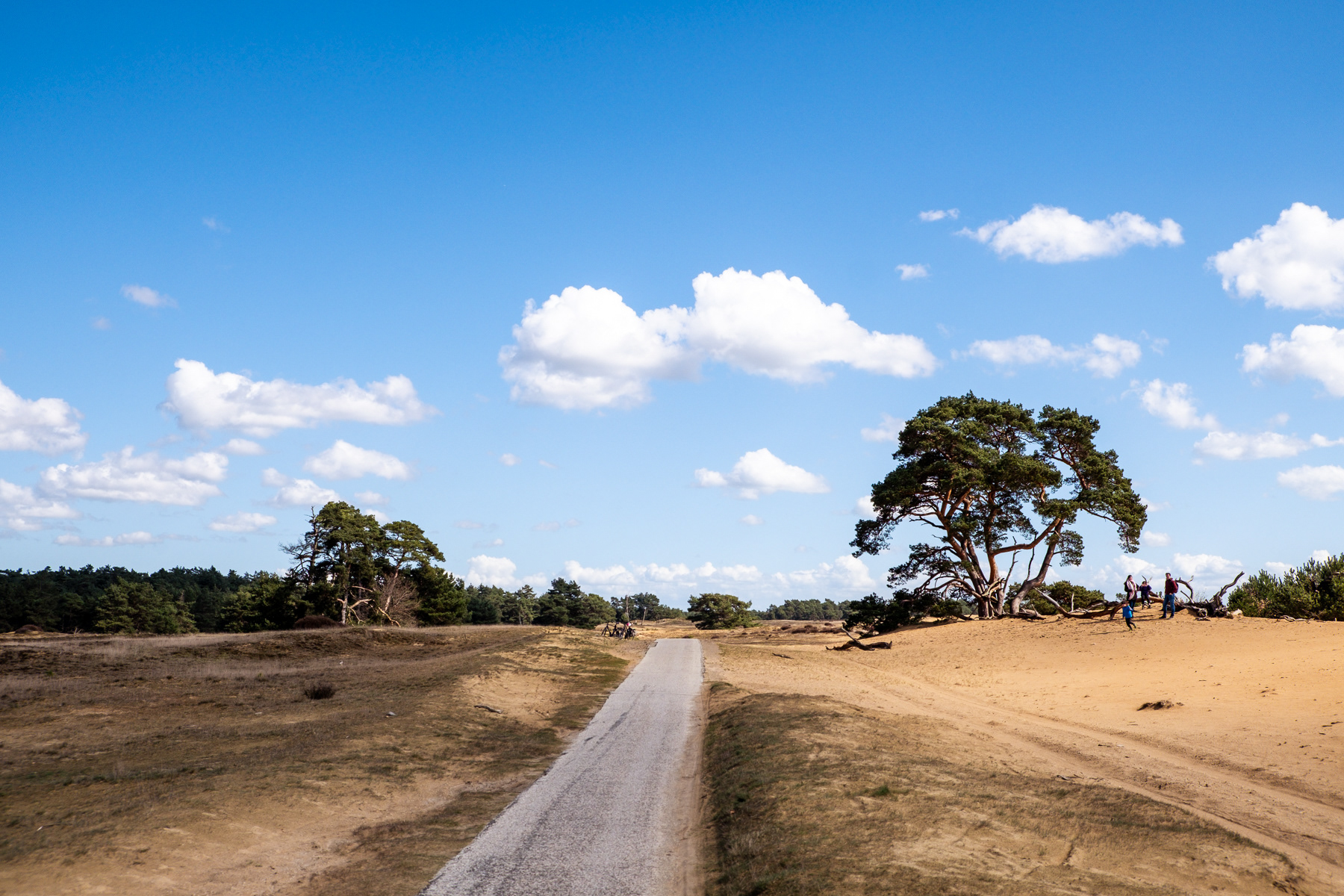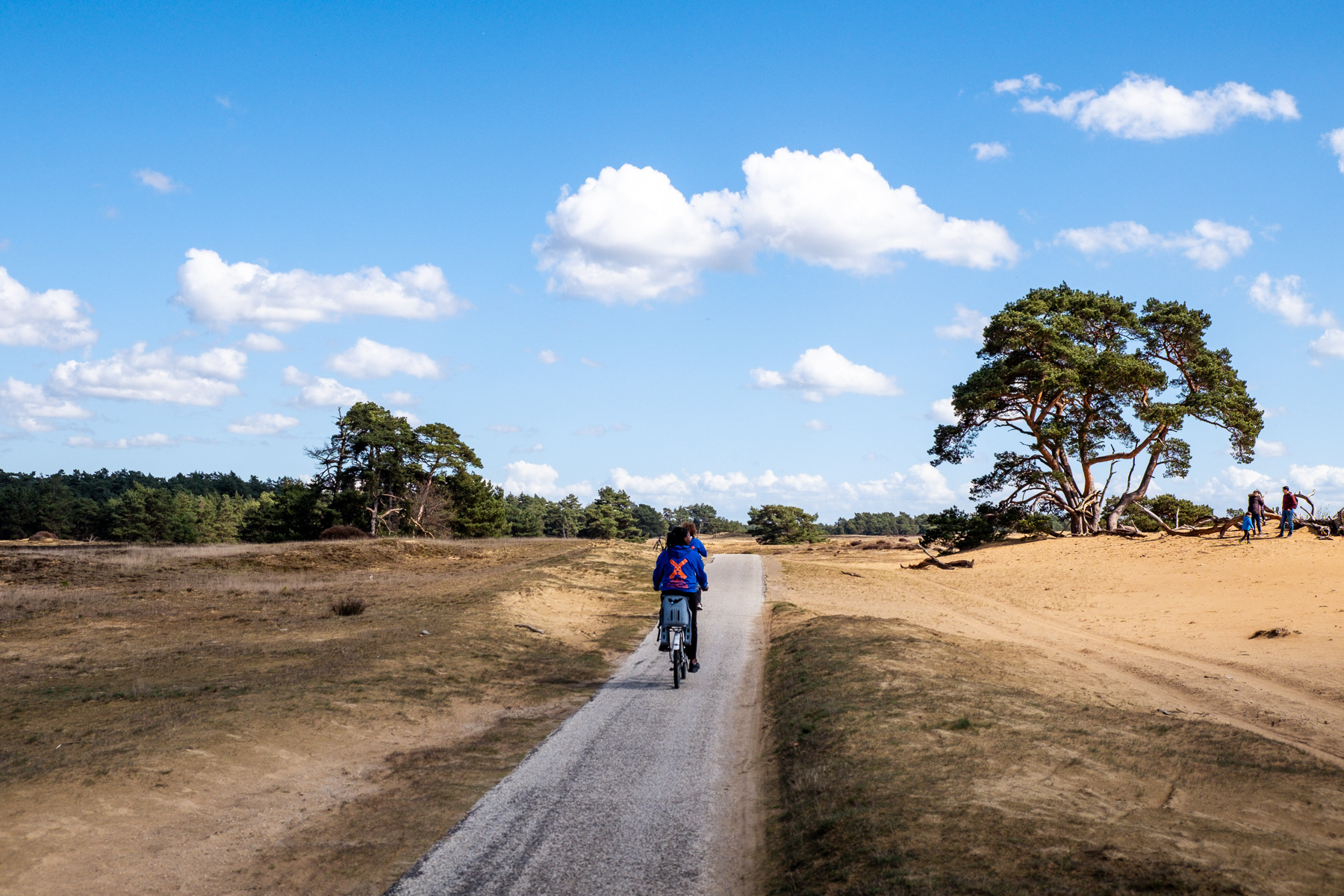For most Dutch, the Veluwe equals nature, as this landscape within the province of Gelderland holds the first two national parks of the Netherlands. Veluwezoom (NP since 1930) and De Hoge Veluwe (1935) dominate the region between the river Rijn (Rhine) in the south, the river IJssel in the east and the Veluwe lake in the north. The Veluwe is a very popular destination for many, with about 2.2 million tourists staying overnight in 2022, the year of the most recent data of the regional tourist information office (Toerisme Veluwe Arnhem Nijmegen, click here for Toerismevan.nl).
Having spent summer holidays at the Veluwe with my parents even before I could cycle, I later settled at the southern edge, in the city of Arnhem, for a couple of years. The Veluwe became my front yard, so to speak. But nowadays, it is back to being a tourist again, when visiting the Veluwe's natural gems with friends, family or alone when in the Netherlands from abroad.
The heath at the Herikhuizerveld area of the Veluwezoom, near the Posbank, colours beautifully purple in August.
Veluwezoom National Park - Herikhuizerveld (Posbank)
The Veluwezoom was established as a national park in 1930, on a private initiative. It is a veried area, with hills, forest, heath and sand drifts. Not the state manages this 5,000 hectares big nature zone, but an association of 880,000 members and donators called Natuurmonumenten (Nature Monuments, click here for Natuurmonumenten.nl).
The Herikhuizerveld area is the most famous part of this first national park of the Netherlands, commonly referred to as its central viewpoint at 90 metres (295 feet) above sea level: the Posbank. To get there, cyclists and motorists await hairpin bends, a rarity for the low countries.
With a bit of a stretch, the Posbank used to be on walking distance for me, and I escaped the city regularly here during my years living nearby. The photos of these series I took as a "foreign tourists" in August 2021, the month when the landscape lights up even more with the heath turning purple.

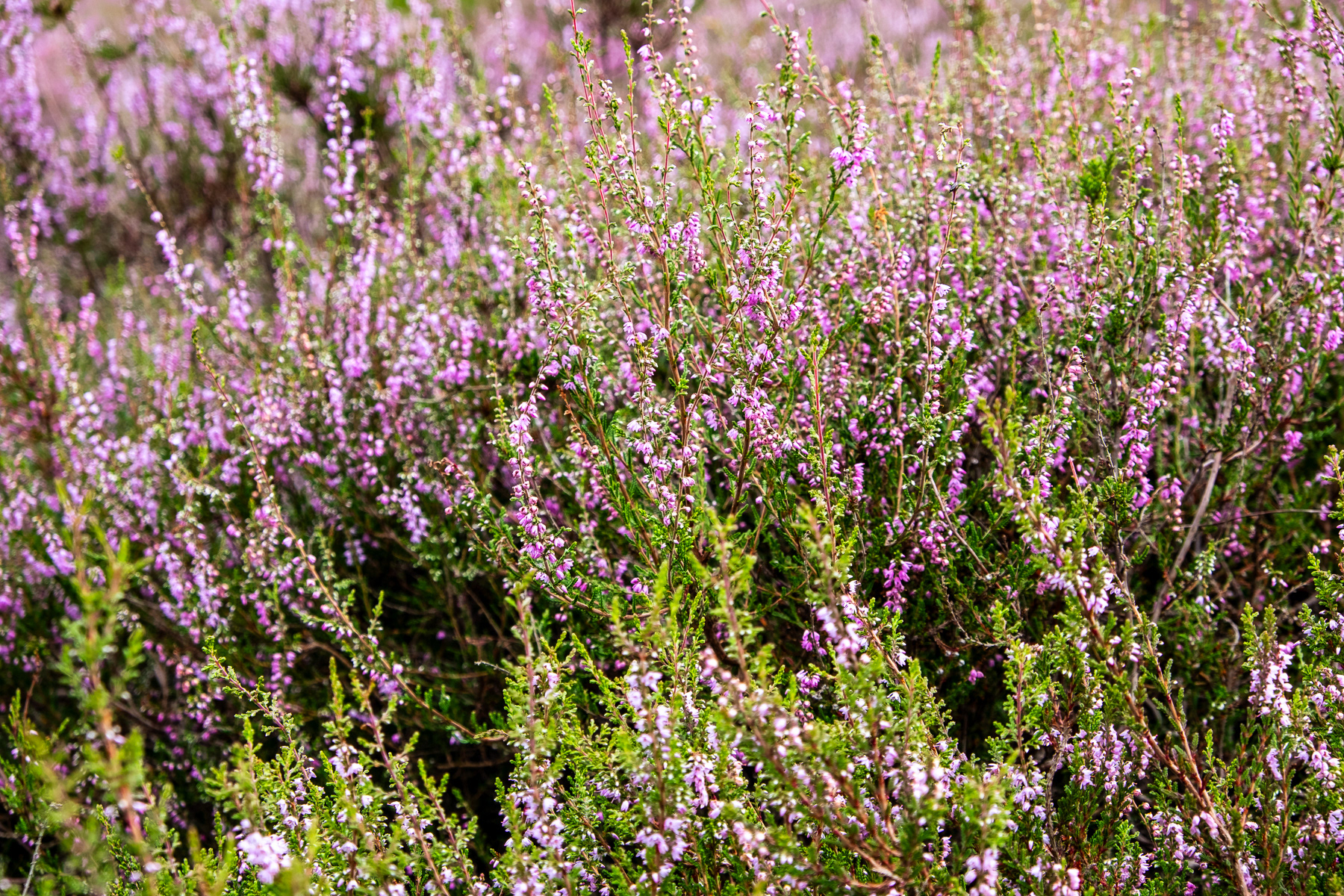
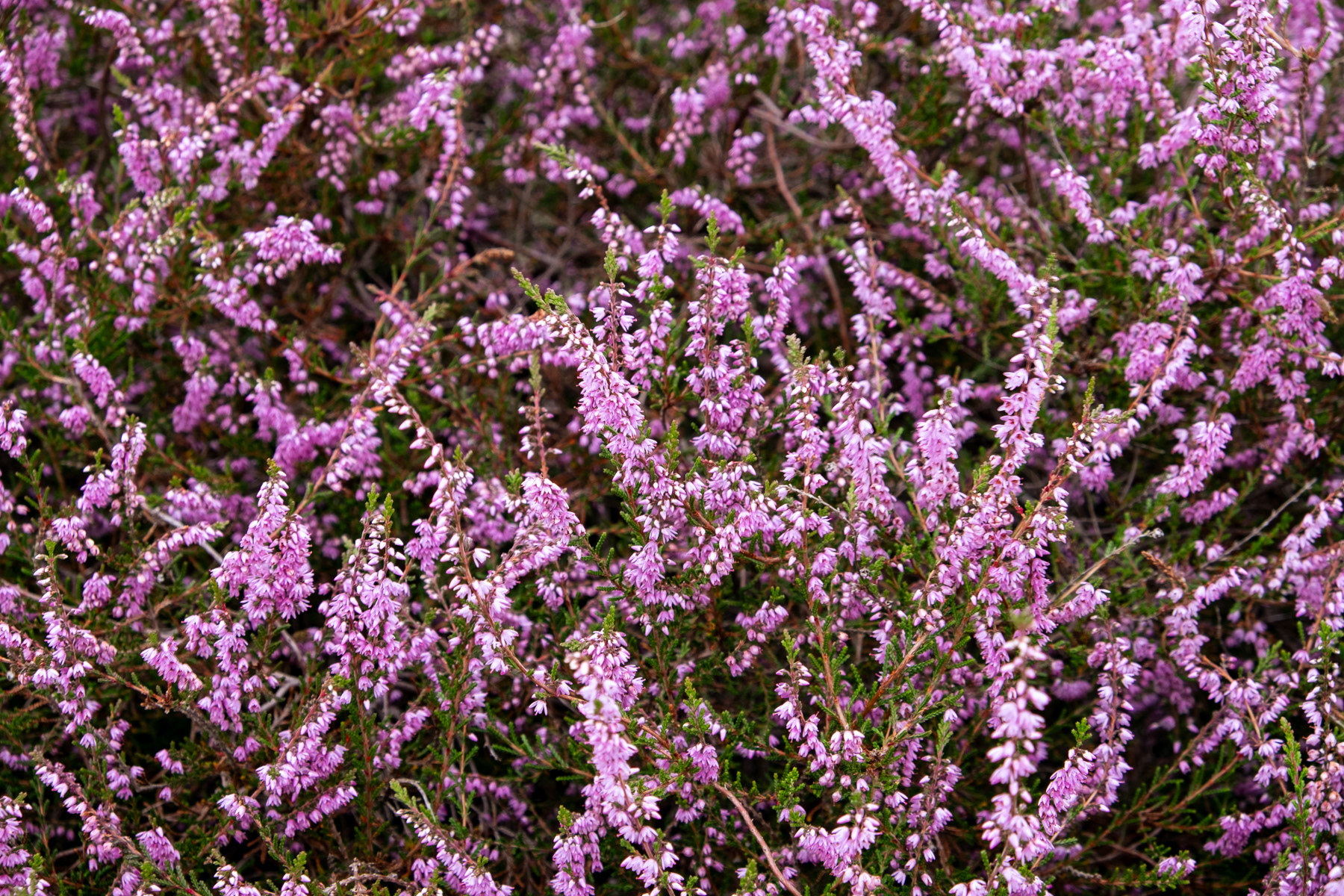
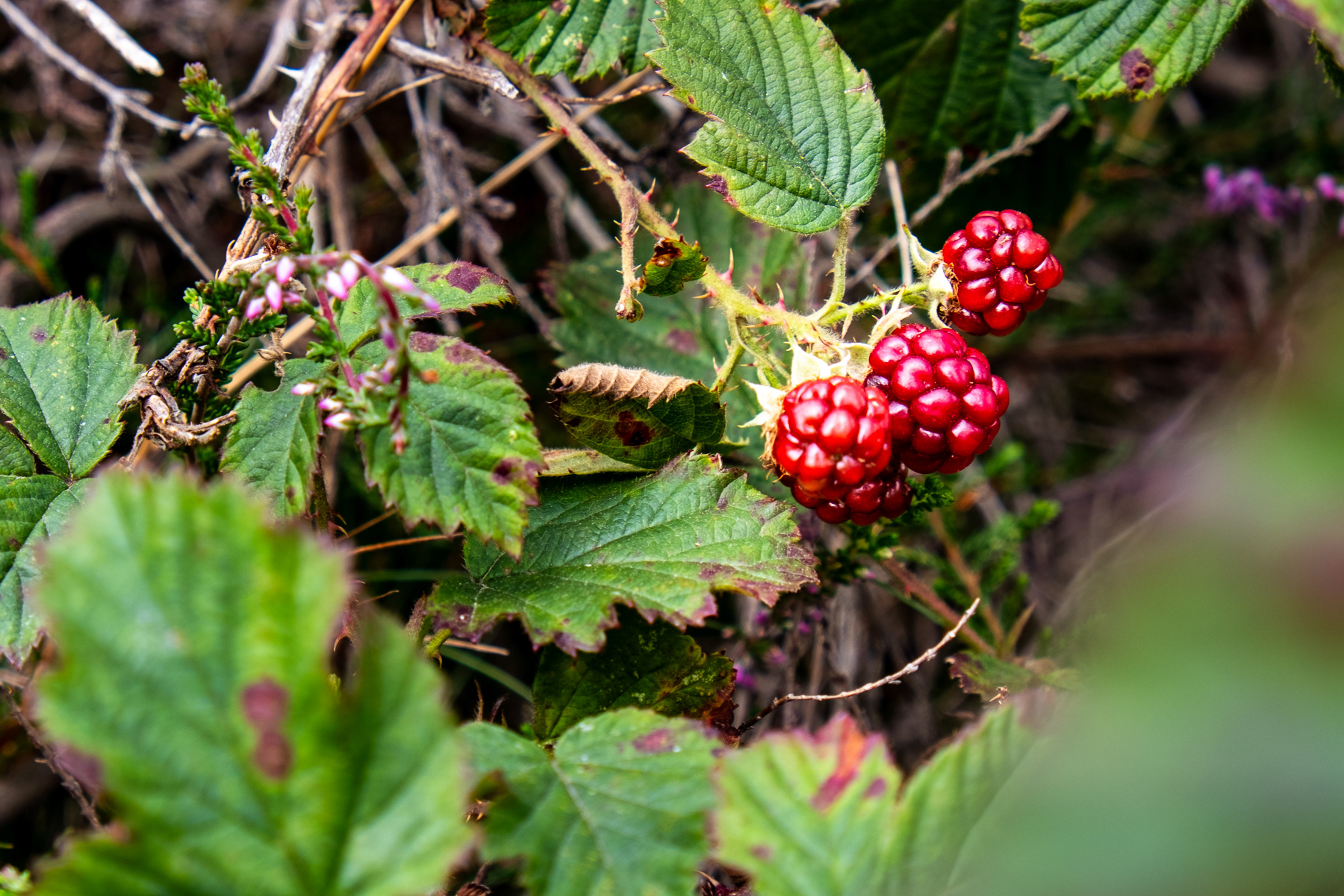

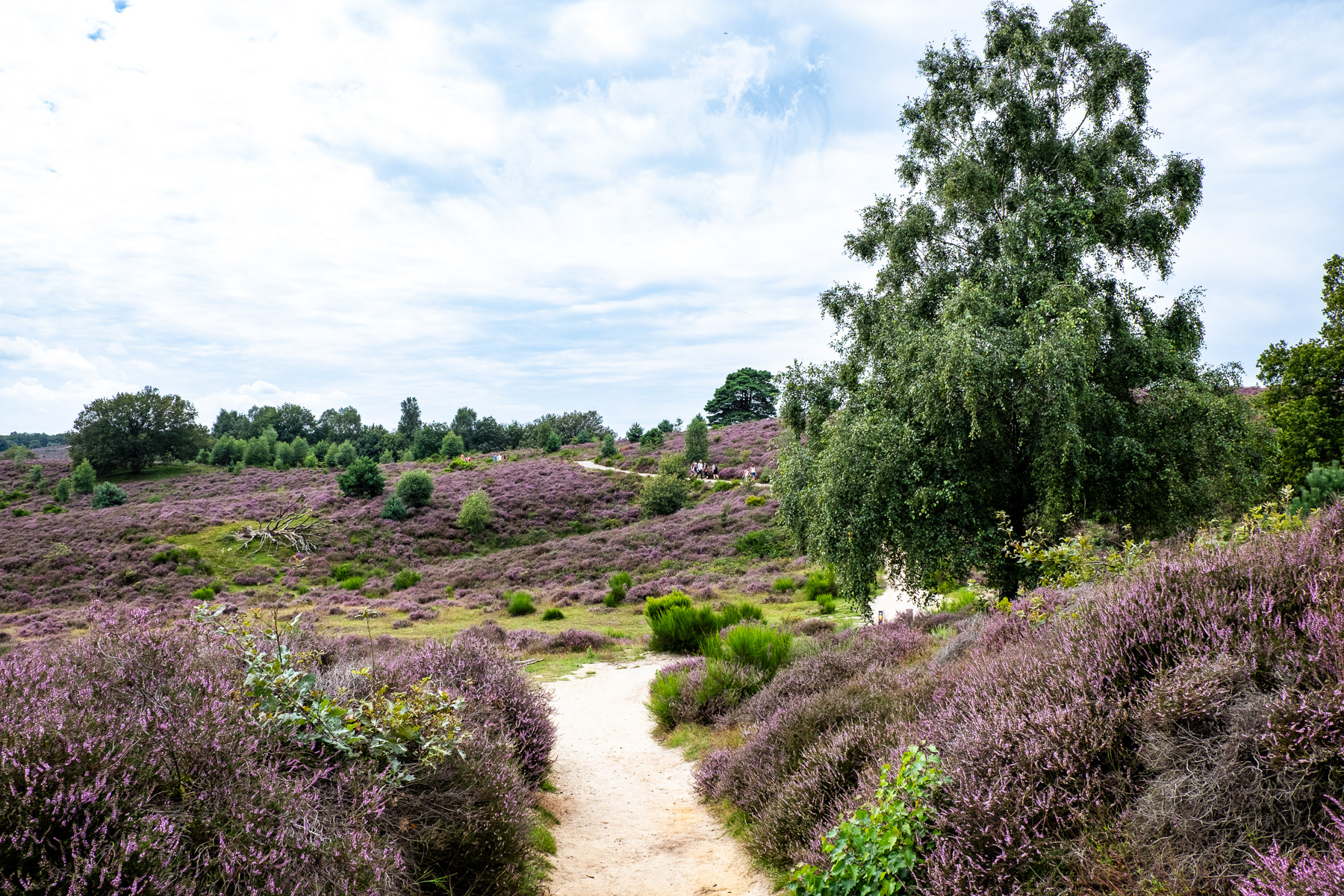


The entire National Park Veluwezoom has about 350 kilometres of trails for those who'd like to experience it on foot.
Apart from "managed" wild life like deer and wild boars, the Veluwezoom is also home to even home to grazing Icelandic horse, that - together with sheep and Scottish highlander cows - are part of the park's vegetation management.
National Park De Hoge Veluwe
National Park De Hoge Veluwe (The High Veluwe) started as a private estate, established by Anton Kröller and his wife Kröller-Müller between 1909 and 1923. It became a national park in 1935, when the costs of running it became too high and the Kröllers transferred control to the state. The state continued building the centrally located Kröller-Müller Art Museum - the art collection was also handed over - and put the management of the park in the hands of a foundation.
Covering 55 square kilometres (21 sq miles), the National Park De Hoge Veluwe is the heart of the Veluwe green zone - one of the largest nature areas of the Netherlands. It holds a diverse landscape, comprising of woods, sand dunes and heathlands.
Entrance to the park via its three gates is not free, but the white bicycles are. Existing long before cities worldwide adopted the concept, tourists have been roaming the national park on these white bicycles.
The wildlife of the park is carefully managed, with about 200 red deer, 150 roe deer and 50 wild boar allowed. Surplus numbers are hunted. Since a few years the wolf has reintroduced itself into the park, wandering into the Netherlands from Germany. The small pack has been taking advantage of the mouflons - a kind of wild sheep - in the park, of which only a few remain.
I have cycled through the National Park De Hoge Veluwe ever since my mom and dad took me there when I was still very young. The first visit was in the steer seat no doubt. The park is delight to visit frequently. And I will soon add more photos to this still minor triptych from April 2023.
Middenzand (literally translated: Central Sands) of De Hoge Veluwe is a landmark stop on the way.
